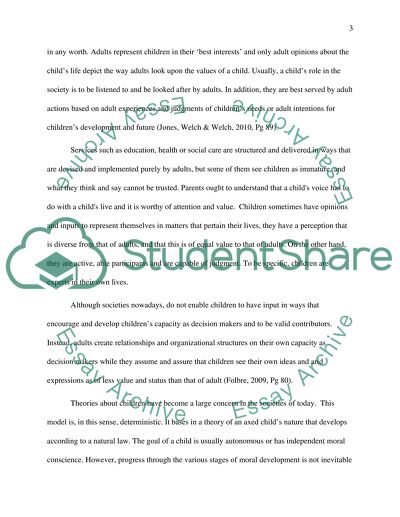Cite this document
(“Heard but not Listened to Critically explore and examine the 'Voice of Essay”, n.d.)
Heard but not Listened to Critically explore and examine the 'Voice of Essay. Retrieved from https://studentshare.org/sociology/1497484-heard-but-not-listened-to-critically-explore-and
Heard but not Listened to Critically explore and examine the 'Voice of Essay. Retrieved from https://studentshare.org/sociology/1497484-heard-but-not-listened-to-critically-explore-and
(Heard But Not Listened to Critically Explore and Examine the 'Voice of Essay)
Heard But Not Listened to Critically Explore and Examine the 'Voice of Essay. https://studentshare.org/sociology/1497484-heard-but-not-listened-to-critically-explore-and.
Heard But Not Listened to Critically Explore and Examine the 'Voice of Essay. https://studentshare.org/sociology/1497484-heard-but-not-listened-to-critically-explore-and.
“Heard But Not Listened to Critically Explore and Examine the 'Voice of Essay”, n.d. https://studentshare.org/sociology/1497484-heard-but-not-listened-to-critically-explore-and.


